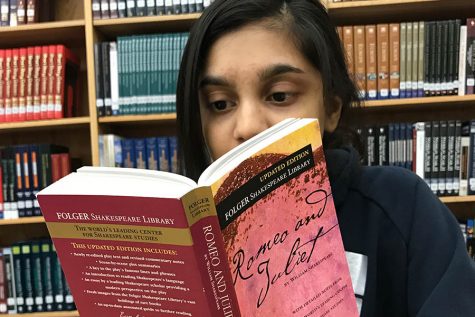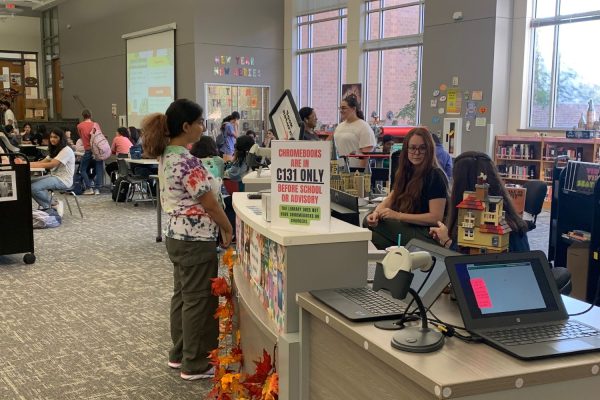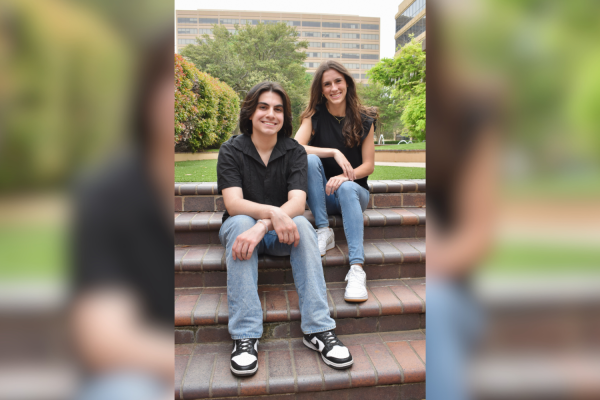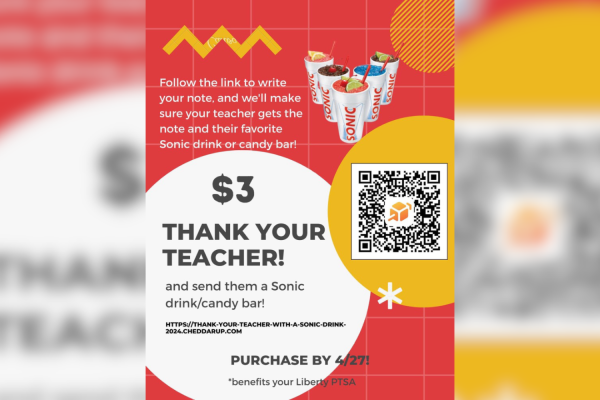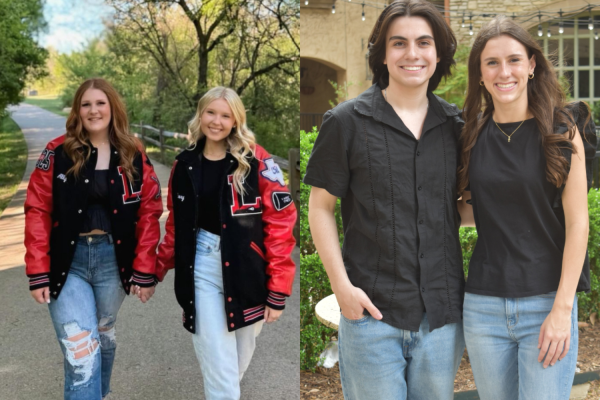Students experience cultural change
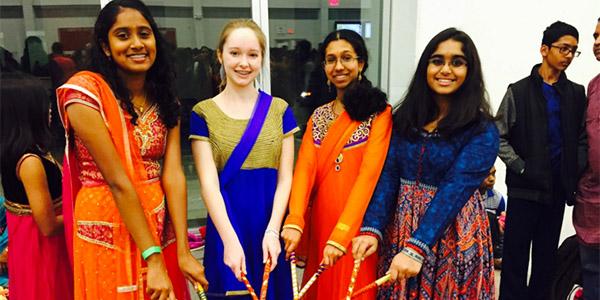
Humanities student Lisa Punnen experienced Garba and its rich, Indian cultural background with her friends.
Many would agree that Humanities is certainly an usual course. Not only is it taught by two teachers, but it combines English and AP World History into a two year course.
students get to dwell so much deeper into world history over the two years of this course than we would in a one-year AP World History class
— Lisa Punnen
“[Humanities] is a study of expression and influence; how people expressed themselves and how those expressions influenced future peoples,” English teacher Sarah Baker said.
The process of introducing a new curriculum to the school is not an easy job, but both teachers felt that it was an exciting process.
“I first felt great anticipation for the development of the course, and still feel that way,” Baker said. “My immediate reaction was ‘whoa, that’s awesome,’ it just makes sense to study both English and history together. Literature is shaped by its context, and historians gain insight on past civilizations through its written expression.”
The decision to start the humanities course is part of a new FISD program.
“This class was a part of a district initiative to extend the direct support of gifted and talented (GT) students beyond grade 8,” humanities teacher Sarah Wiseman said. “After taking humanities, classes such as AP European History, AP Seminar, AP Capstone, and ISM are natural next steps for our gifted and talented students.”
Literature is shaped by its context, and historians gain insight on past civilizations through its written expression.
— Sarah Baker
While many students think that the course requires a lot of effort, the teachers believe it’s worth it.
“First, students get to learn the AP World History content through the lens of art and literature, which deepens your understanding,” Wiseman said. “In addition, students have opportunities for creative, open-ended work. Finally, it is a chance for students with similar interests as well as social and emotional needs to be in a class that has teachers who can act as specialized mentors.”
Many students also think that humanities is a great learning experience for them, as it prepares them for future courses in high school.
“I think I am benefitting greatly from GT Humanities because we students get to dwell so much deeper into world history over the two years of this course than we would in a one-year AP World History class,” humanities student Lisa Punnen said. “Another benefit of the humanities course is its integration of English. We practice many different types of writing, such as long essay questions, [which] will later help us on the AP World History test.”
The large, unique classroom also makes learning a different experience for some humanities students.
“The class takes place in the lecture hall, and an average class has nearly forty students in it,” Punnen said. “This makes the class open to a lot of collaboration and discussion, and also provides a great setting for lectures and presentations.”
The colors, the music, the movement, and the sheer joy in the atmosphere made the event very enjoyable and memorable. I was able to join the circle and dance myself.
— Lisa Punnen
Humanities students also have to complete an assignment called the Humanities Arts Experience, in which one must attend an event, visit a place, or read literature from a culture different from their own. Punnen said that this assignment was the highlight of her semester so far.
“I went to the Garba, Dandiya, and Raas Nite at the Hanuman Temple,” Punnen said. “Garba is an Indian dance style and Dandiya sticks are used in this type of dance. I expected to see something similar to a talent show, with different groups of children or adults dancing at a time on a stage while everyone else watched. What I did not expect to see was a large floor where hundreds of people were dancing together in a giant circle. Complete strangers were coming together as a community of their shared culture. The colors, the music, the movement, and the sheer joy in the atmosphere made the event very enjoyable and memorable. I was able to join the circle and dance myself.”



